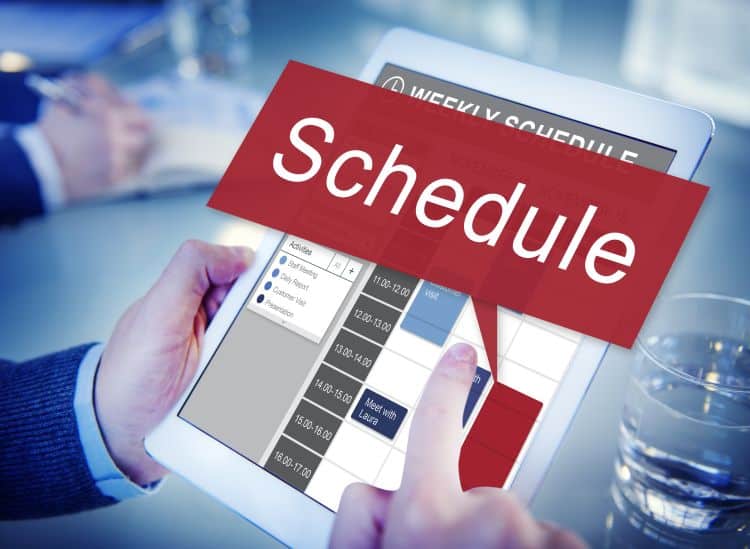AGENCY | Our Professionals
We offer a full range of other Online Marketing strategies and services, including:

Brad
CEO

Kathy
COO

Dick
CIO

Dani
CFO

MJ
Creative Director
We offer a full range of other Online Marketing strategies and services, including:

CEO

COO

CIO

CFO

Creative Director
Choice 1: Complete this quick form and we’ll be in touch soon.
Choice 2: Click this button to book an appointment directly with a specialist.

